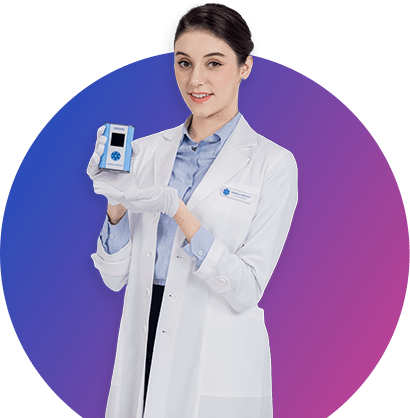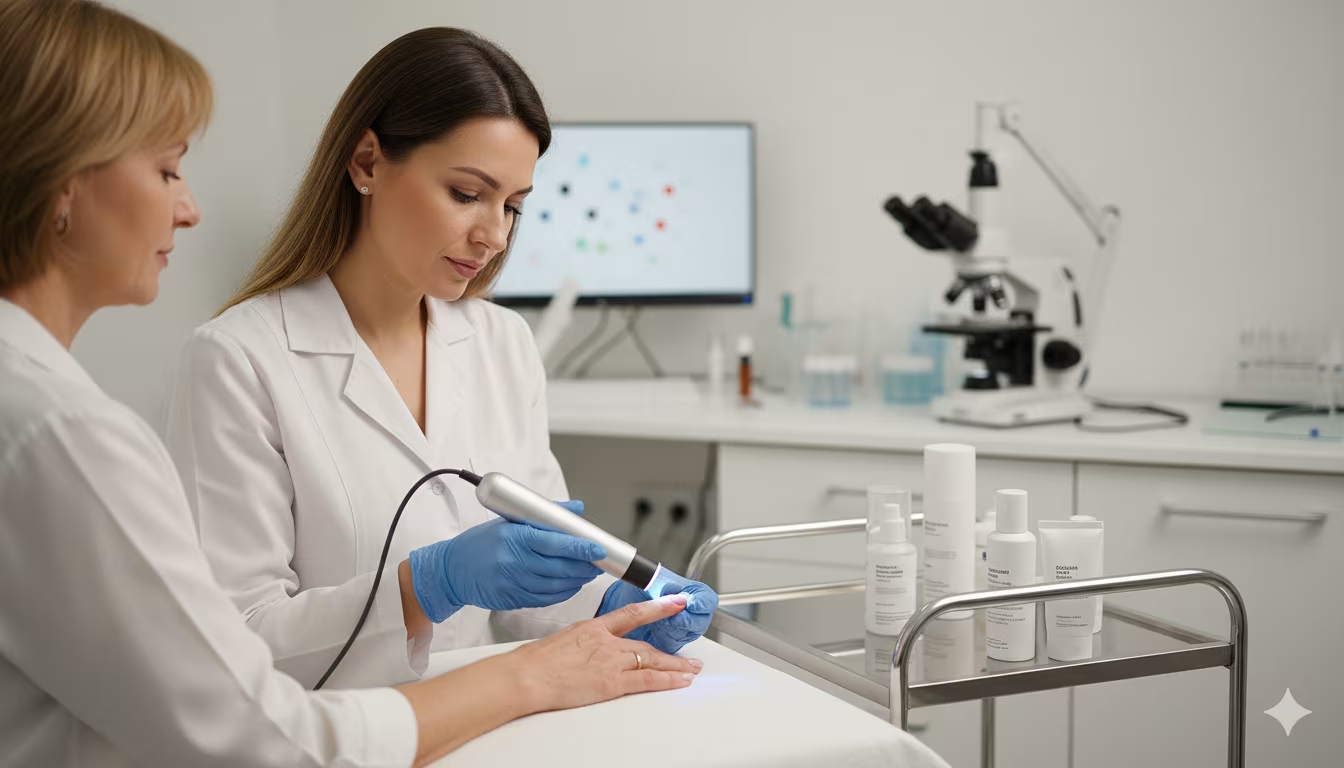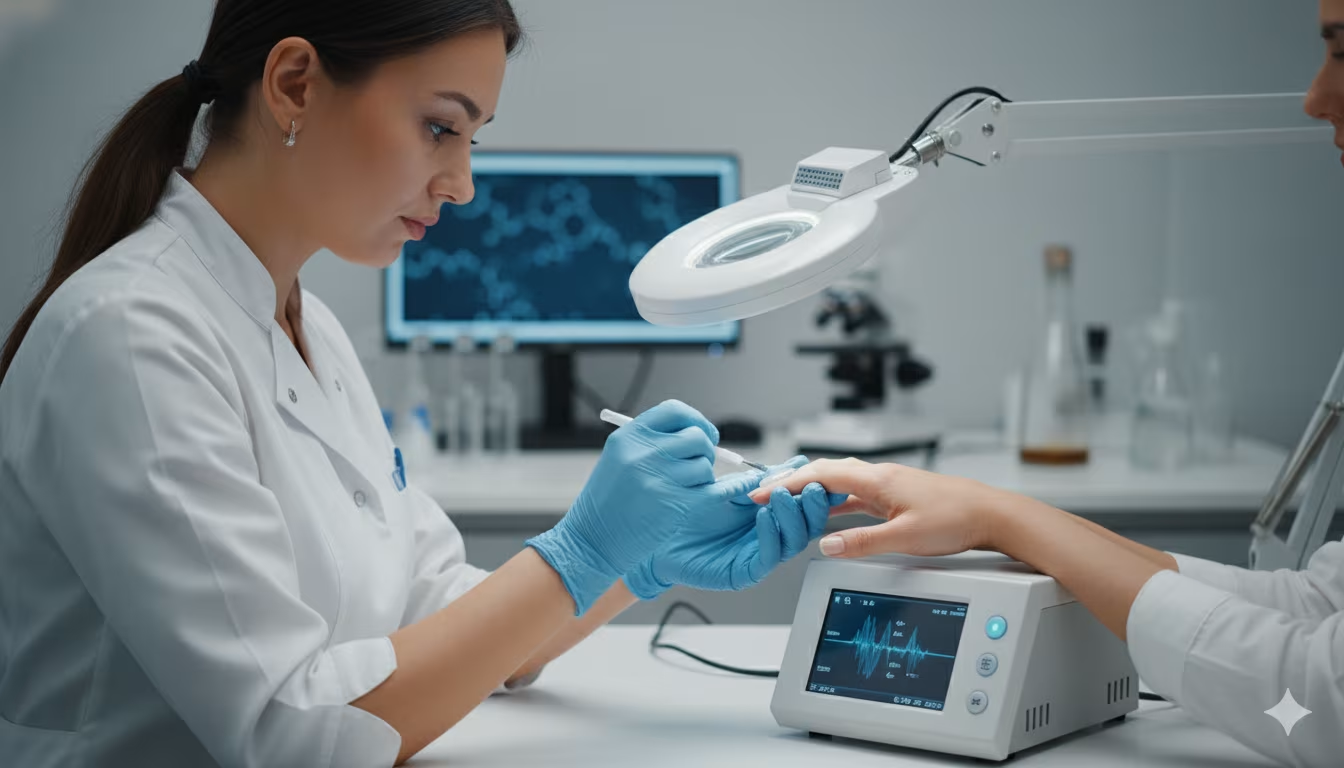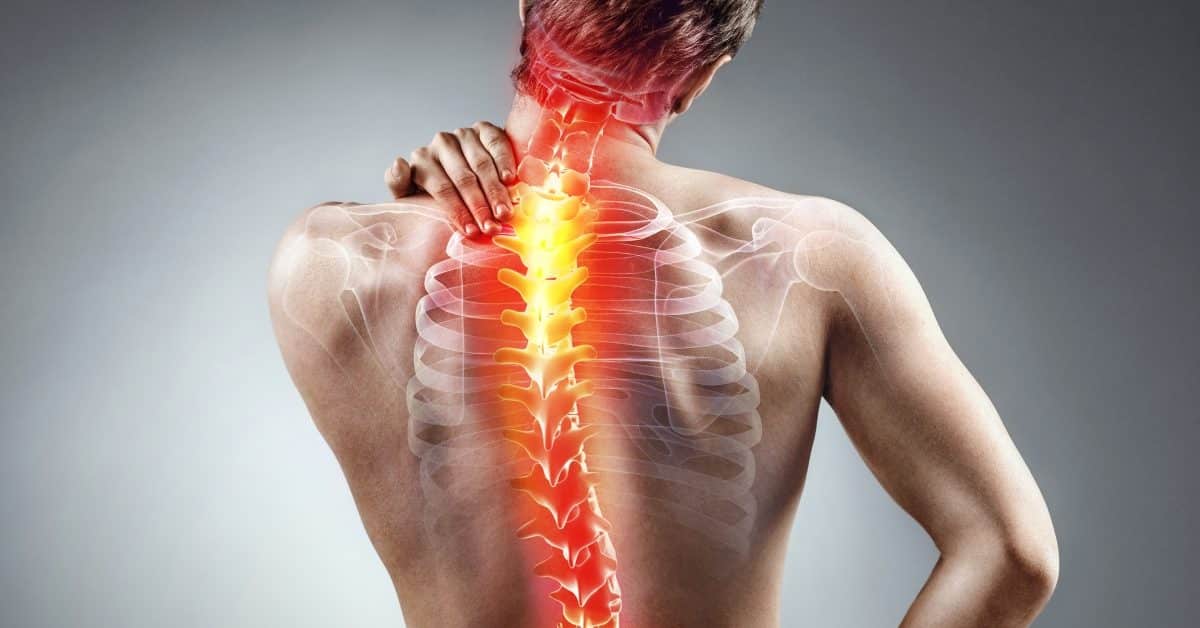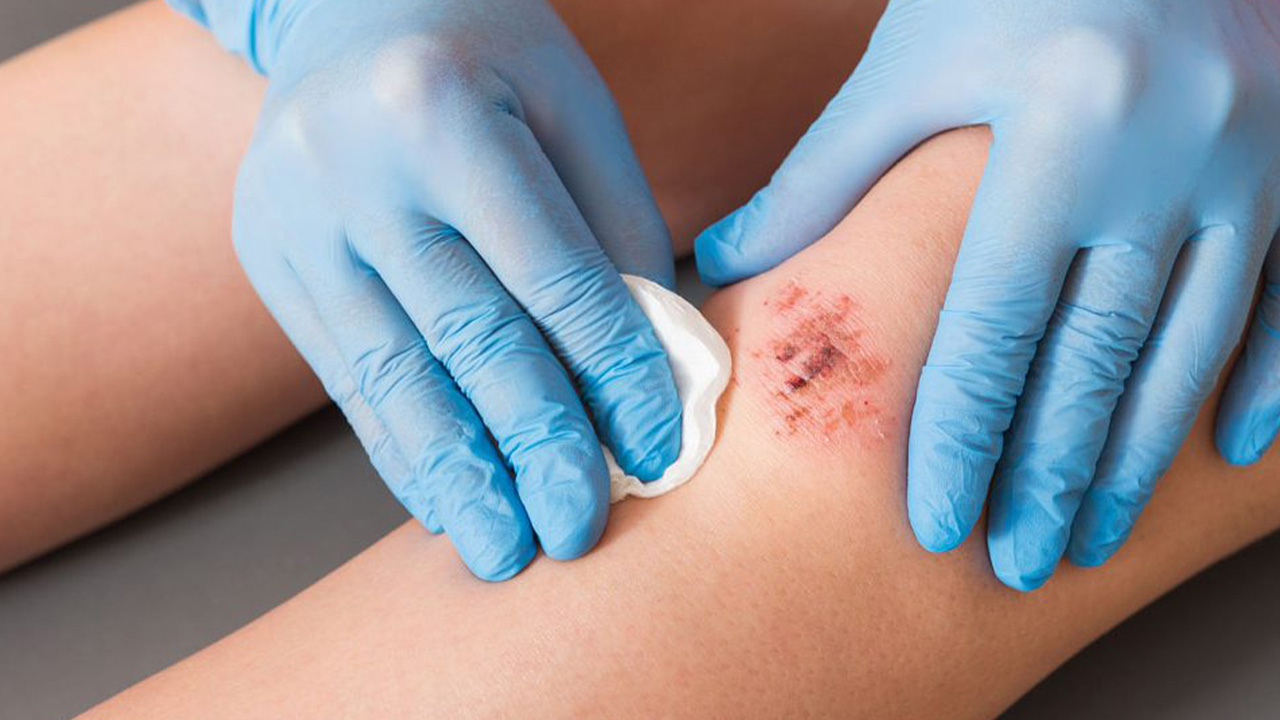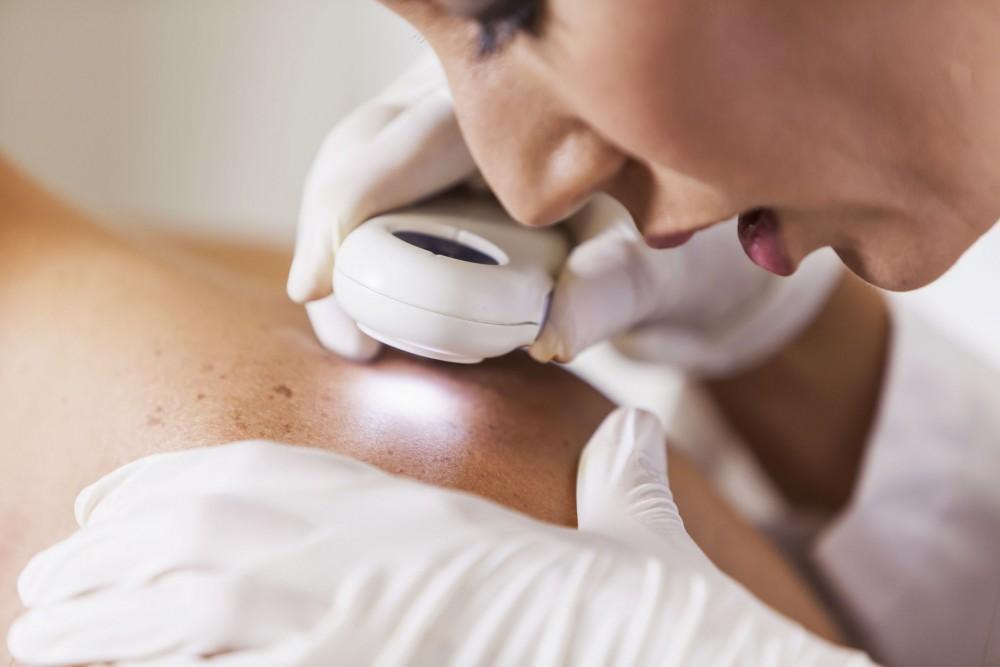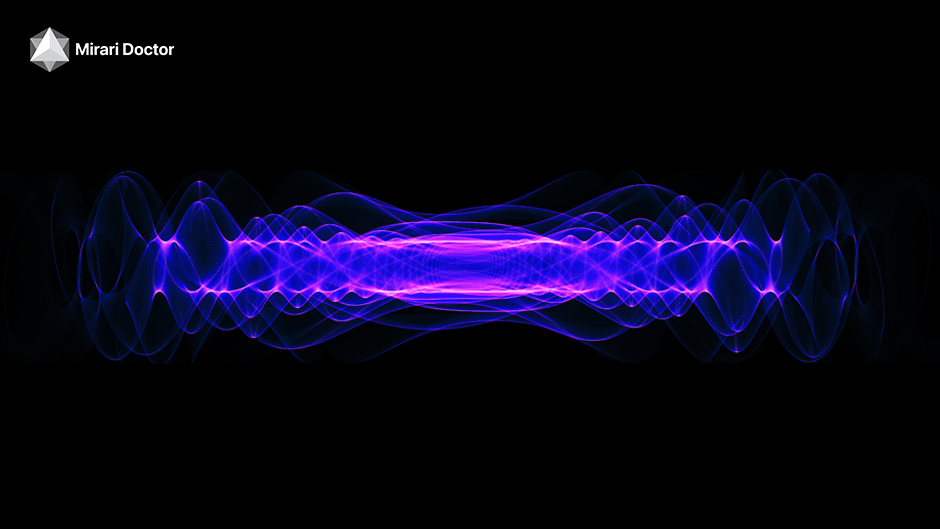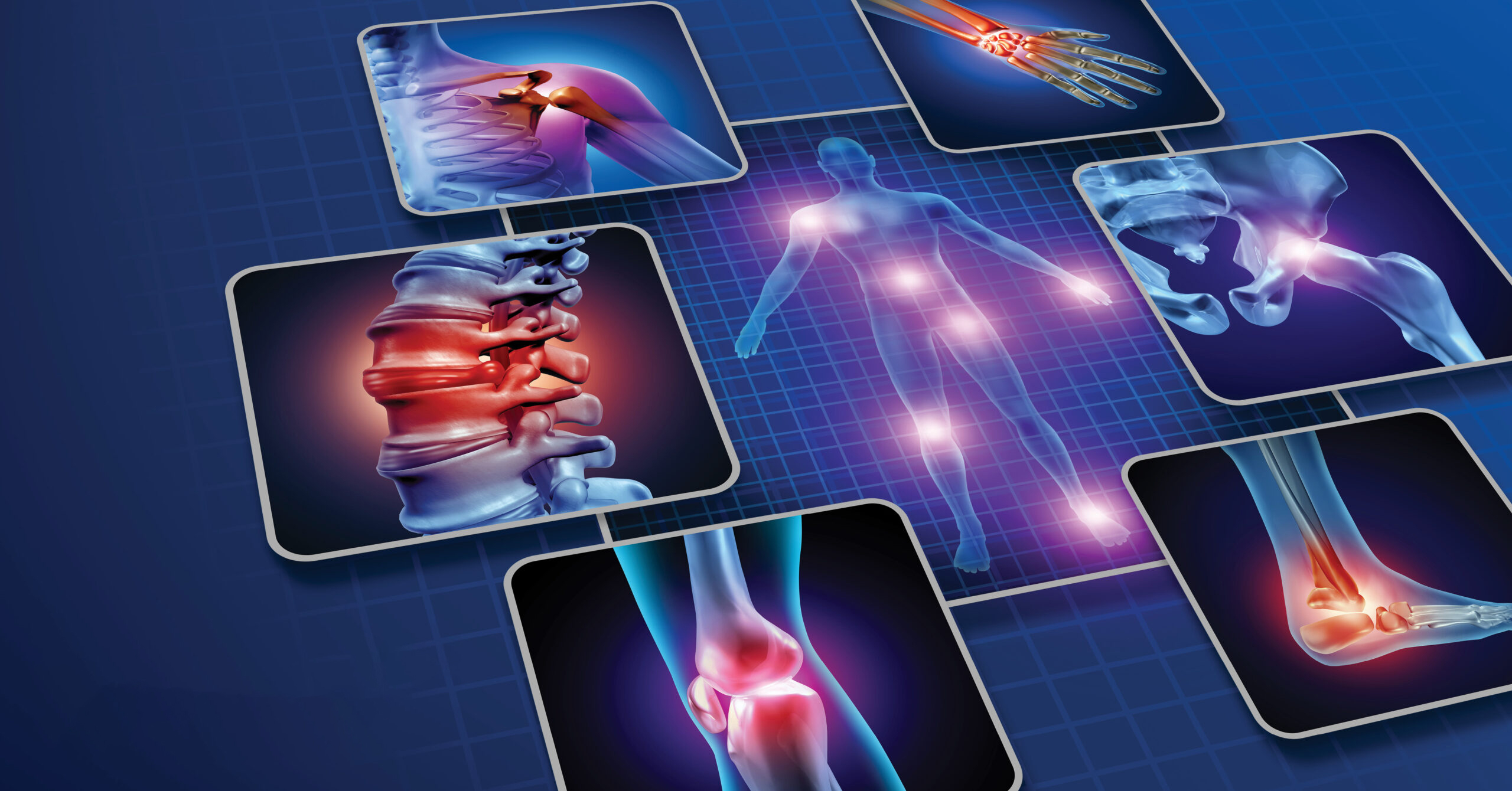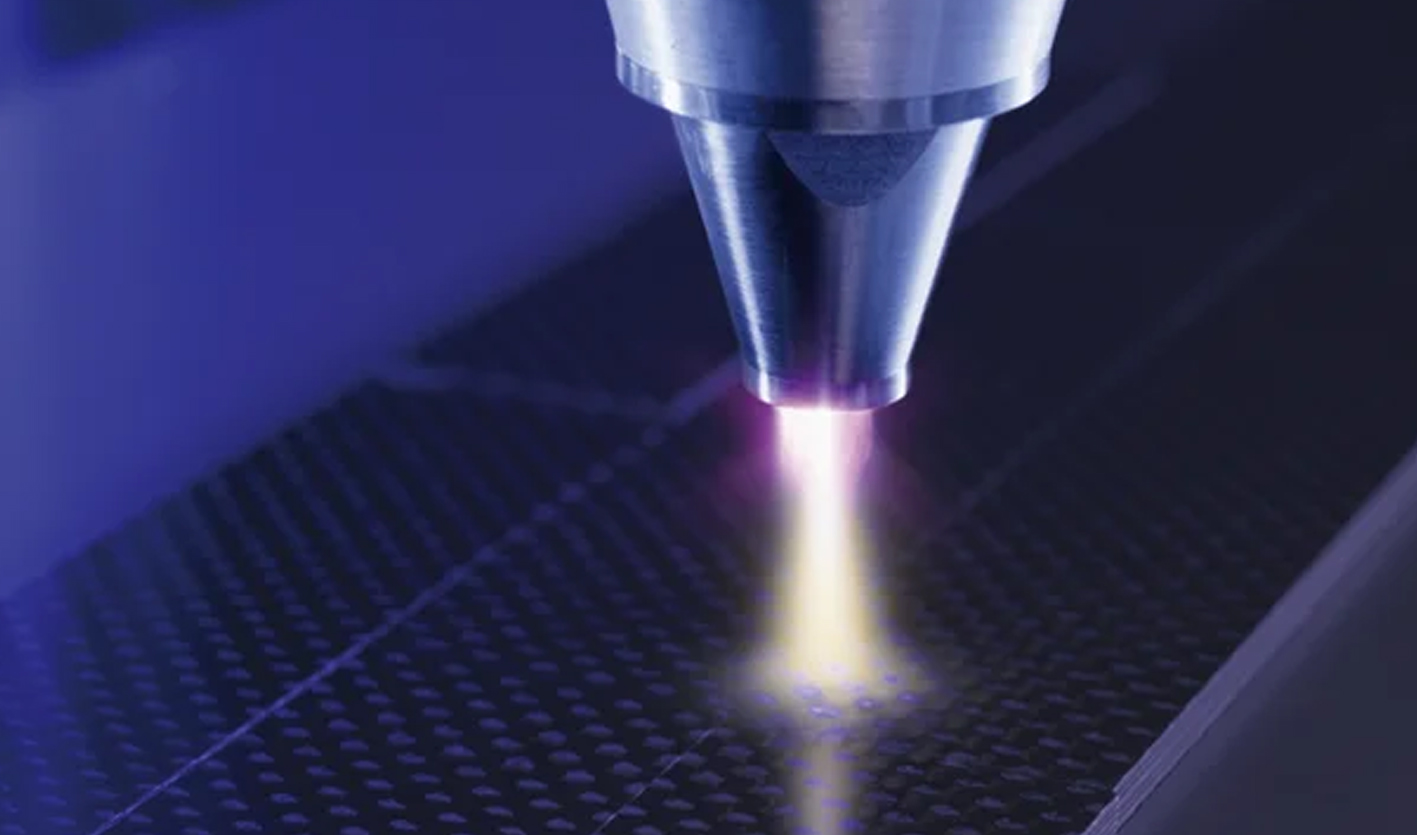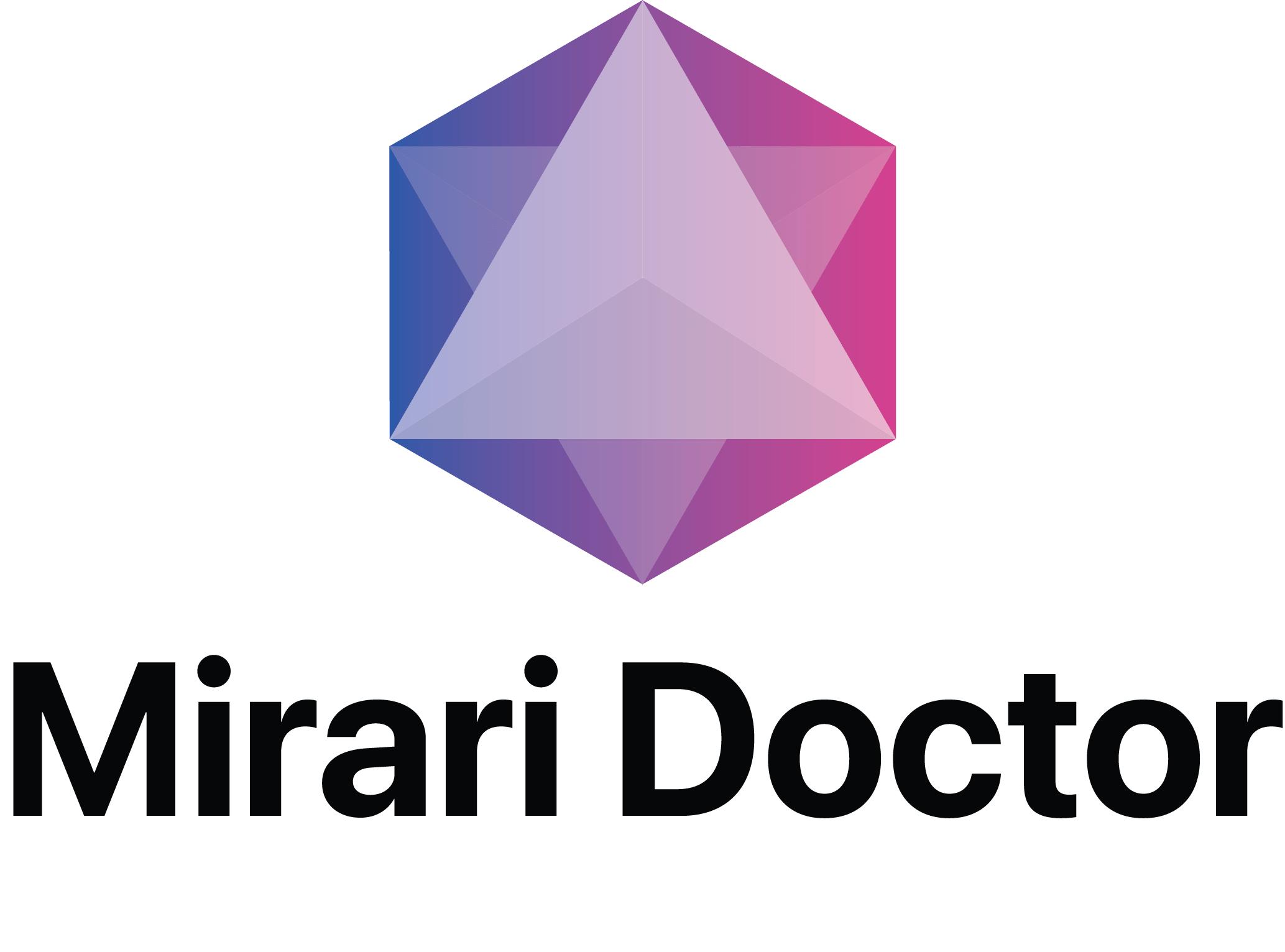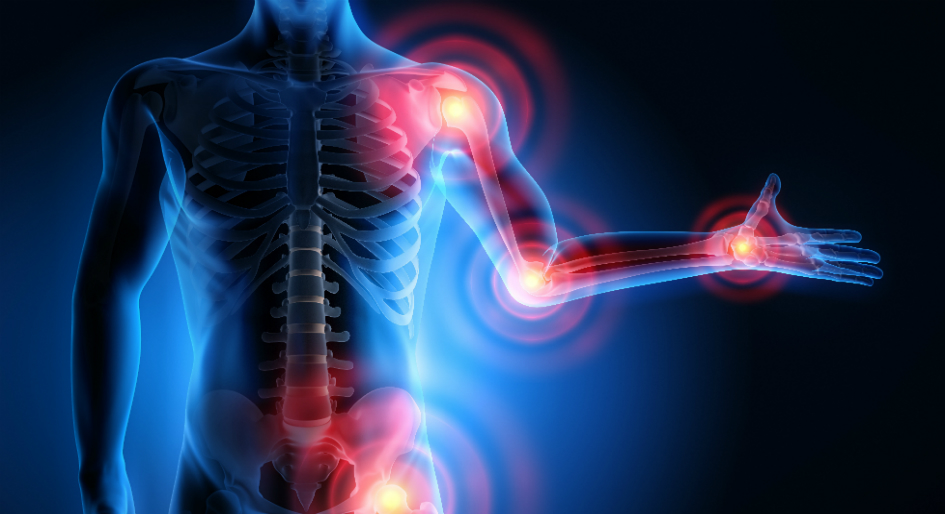
You May Be Interested In:
What are musculoskeletal symptoms? Musculoskeletal symptoms are physical manifestations affecting your muscles, bones, joints, ligaments, tendons, and surrounding connective tissues, typically characterized by pain, stiffness, swelling, and limited mobility[1][2]. These symptoms can range from acute injuries lasting days to chronic conditions persisting for months or years, affecting millions of people worldwide and representing one of the leading causes of disability globally[9].
Understanding these symptoms proves crucial for early recognition and effective treatment of underlying musculoskeletal conditions.
Understanding the Five Cardinal Musculoskeletal Symptoms
Pain: The Primary Indicator
Pain stands as the major musculoskeletal symptom and most common complaint patients present to healthcare providers[10]. This pain manifests differently depending on the affected structure:
- Bone pain feels deep and penetrating or creates a dull ache throughout the affected area
- Muscle pain includes cramps, spasms, and tender trigger points
- Joint pain presents as aching or soreness, often accompanied by stiffness
- Tendon and ligament pain typically worsens with movement or stretching[5]
The Mirari Cold Plasma System, developed by General Vibronics and available through miraridoctor.com, offers revolutionary pain management by generating nitric oxide-based plasma that reduces inflammation and accelerates tissue repair[4].
Swelling and Inflammation
Inflammation creates visible swelling in affected tissues, joints, or limbs. This occurs when your immune system responds to injury or disease, causing:
- Fluid accumulation in joint spaces
- Tissue expansion around affected areas
- Decreased range of motion
- Associated warmth and tenderness[2]
Erythema (Redness) and Warmth
Redness and warmth indicate active inflammation in musculoskeletal tissues. These signs appear when:
- Blood flow increases to injured areas
- Inflammatory processes activate immune responses
- Infections develop in bones, joints, or soft tissues
- Autoimmune conditions like rheumatoid arthritis flare[6]
Stiffness and Limited Mobility
Stiffness represents a hallmark musculoskeletal symptom that significantly impacts daily functioning. Patients experience:
- Morning stiffness lasting 30 minutes to several hours
- Difficulty moving joints through full range of motion
- Feeling of tightness in muscles and connective tissues
- Progressive loss of flexibility over time[4]
| Symptom Type | Common Characteristics | Typical Locations | Associated Conditions |
|---|---|---|---|
| Pain | Deep, aching, sharp, or burning[10] | Joints, muscles, bones | Arthritis, fibromyalgia, injuries |
| Swelling | Visible enlargement, fluid retention[2] | Knees, ankles, wrists | Joint inflammation, sprains |
| Stiffness | Reduced range of motion, tightness[4] | Spine, hips, shoulders | Osteoarthritis, ankylosing spondylitis |
| Weakness | Reduced strength, muscle fatigue[7] | Arms, legs, core muscles | Muscle disorders, nerve compression |
Common Musculoskeletal Symptom Categories
Acute vs. Chronic Presentations
Acute musculoskeletal symptoms develop suddenly after injury or trauma, typically lasting days to weeks. These include:
- Sharp, intense pain from fractures or dislocations
- Immediate swelling from sprains or strains
- Sudden loss of function following accidents
- Rapid onset inflammatory responses[3]
Chronic musculoskeletal symptoms persist for three months or longer, often involving:
- Persistent aching or stiffness
- Progressive joint deterioration
- Ongoing muscle weakness or fatigue
- Recurring episodes of pain and inflammation[5]
Localized vs. Widespread Symptoms
Localized symptoms affect specific body regions:
- Single joint pain from osteoarthritis
- Isolated muscle strain in back or neck
- Tendonitis in shoulders, elbows, or knees
- Carpal tunnel syndrome affecting wrists and hands[7]
Widespread symptoms involve multiple body systems:
- Fibromyalgia causing generalized pain
- Systemic lupus affecting joints throughout body
- Rheumatoid arthritis with symmetric joint involvement
- Amplified musculoskeletal pain syndrome (AMPS)[5]
Specific Symptom Manifestations by Body System
Muscle-Related Symptoms
Muscle symptoms present with distinctive characteristics:
- Myalgia: Generalized muscle pain and tenderness
- Muscle cramps: Sudden, involuntary contractions
- Muscle spasms: Persistent involuntary contractions
- Muscle twitching: Brief, localized contractions
- Muscle weakness: Reduced strength and endurance[8]
Bone-Related Symptoms
Bone symptoms typically manifest as:
- Deep, penetrating pain worse at night
- Persistent aching unrelieved by position changes
- Tenderness over affected bone areas
- Pain that intensifies with weight-bearing activities[8]
Joint-Related Symptoms
Joint symptoms commonly include:
- Morning stiffness lasting over one hour
- Grinding or clicking sounds during movement
- Joint instability or giving way
- Limited range of motion
- Joint deformity in advanced cases[1]
Neurological Components of Musculoskeletal Symptoms
Nerve Compression Symptoms
Nerve involvement creates distinctive symptom patterns:
- Numbness: Loss of sensation in specific nerve distributions
- Tingling: “Pins and needles” sensations
- Burning pain: Sharp, electric-like discomfort
- Muscle weakness: Reduced strength in nerve-supplied muscles[7]
Referred Pain Patterns
Referred musculoskeletal pain occurs when symptoms appear distant from actual injury sites:
- Neck problems causing headaches
- Hip disorders creating knee pain
- Shoulder issues producing arm numbness
- Spinal conditions affecting extremity function[5]
| Body System | Common Symptoms | Associated Sensations | Functional Impact |
|---|---|---|---|
| Muscles | Cramps, spasms, weakness[8] | Burning, aching, twitching | Reduced strength, fatigue |
| Joints | Stiffness, swelling, grinding[1] | Morning stiffness, instability | Limited range of motion |
| Bones | Deep aching, night pain[8] | Penetrating discomfort | Weight-bearing difficulty |
| Nerves | Numbness, tingling, burning[7] | Electric-like pain | Coordination problems |
Impact on Daily Life and Function
Physical Limitations
Musculoskeletal symptoms significantly impact daily activities:
- Difficulty climbing stairs or walking distances
- Problems with fine motor tasks like writing
- Challenges with lifting, carrying, or reaching
- Sleep disturbances from pain and discomfort[7]
Psychological Effects
Chronic musculoskeletal symptoms often create:
- Anxiety about movement and activity
- Depression from persistent pain
- Social isolation due to mobility limitations
- Fear of symptom progression[5]
Revolutionary Treatment Approaches
Cold Plasma Technology for Symptom Management
Advanced treatment modalities now include cold plasma therapy. The Mirari Doctor platform utilizes cold atmospheric plasma that:
- Generates reactive oxygen species for tissue repair
- Provides anti-inflammatory effects
- Reduces pain through nerve modulation
- Accelerates healing without thermal damage
- Offers non-invasive treatment alternatives[4]
Comprehensive Management Strategies
Effective symptom management requires multimodal approaches:
- Early diagnosis and intervention
- Personalized treatment planning
- Physical therapy and exercise programs
- Pain management techniques
- Patient education and self-care strategies[9]
Diagnostic Considerations for Musculoskeletal Symptoms
Clinical Assessment Methods
Healthcare providers evaluate musculoskeletal symptoms through:
- Detailed symptom history and timeline
- Physical examination of affected areas
- Functional assessment of mobility and strength
- Pain scale ratings and quality descriptions[8]
Diagnostic Testing Options
Common diagnostic tests include:
- X-rays for bone and joint abnormalities
- MRI scans for soft tissue evaluation
- Blood tests for inflammatory markers
- Nerve conduction studies for neurological involvement
- Joint fluid analysis for infection or inflammation[7]
Prevention and Risk Reduction
Lifestyle Modifications
Preventing musculoskeletal symptoms involves:
- Regular exercise maintaining strength and flexibility
- Proper posture during work and daily activities
- Ergonomic workplace setup and equipment
- Weight management reducing joint stress[3]
Early Intervention Strategies
Prompt symptom management prevents progression:
- Immediate care for acute injuries
- Rest and activity modification
- Anti-inflammatory treatments when appropriate
- Professional evaluation for persistent symptoms[6]
FAQ: Essential Questions About Musculoskeletal Symptoms
What are the most common musculoskeletal symptoms?
The five cardinal musculoskeletal symptoms are pain, swelling, redness, warmth, and stiffness[10]. Pain remains the most common complaint, affecting muscles, bones, joints, tendons, and ligaments[1][2]. These symptoms can be acute from injuries or chronic from degenerative conditions.
How do I know if my musculoskeletal symptoms are serious?
Serious musculoskeletal symptoms require immediate medical attention and include sudden severe pain, inability to bear weight, visible deformity, and numbness or tingling[7]. Persistent symptoms lasting over 72 hours or symptoms interfering with daily activities should be evaluated by healthcare providers[8].
What causes musculoskeletal symptoms to develop?
Common causes include injuries, overuse, poor posture, arthritis, and autoimmune conditions[3]. Age-related degeneration, infections, and genetic factors also contribute to symptom development[6]. Sudden onset typically indicates trauma while gradual onset suggests degenerative processes.
Can musculoskeletal symptoms be prevented?
Yes, many musculoskeletal symptoms are preventable through regular exercise, proper posture, ergonomic practices, and weight management[3]. Early intervention for minor symptoms prevents progression to serious conditions[9]. Lifestyle modifications and activity modifications significantly reduce symptom risk.
When should I seek treatment for musculoskeletal symptoms?
Seek immediate treatment for severe pain, loss of function, suspected fractures, or signs of infection[5]. Chronic symptoms persisting over three months benefit from comprehensive evaluation and treatment planning[7]. Progressive worsening or symptoms affecting quality of life warrant professional assessment.
Musculoskeletal symptoms represent complex manifestations affecting millions globally. Understanding these symptoms enables early recognition, appropriate treatment, and improved quality of life through comprehensive management approaches including innovative therapies like cold plasma technology.
References
- Cleveland Clinic. (2025). Musculoskeletal Pain: What It Is, Symptoms, Treatment. Available at: https://my.clevelandclinic.org/health/symptoms/musculoskeletal-pain
- MSD Manuals. (2025). Introduction to Symptoms of Musculoskeletal Disorders. Available at: https://www.msdmanuals.com/home/bone-joint-and-muscle-disorders/symptoms-of-musculoskeletal-disorders/introduction-to-symptoms-of-musculoskeletal-disorders
- Medpark Hospital. (2024). Musculoskeletal Pain – Symptoms, Causes, Diagnosis and Treatment. Available at: https://www.medparkhospital.com/en-US/disease-and-treatment/musculoskeletal-pain
- NHS England. (2019). Musculoskeletal health. Available at: https://www.england.nhs.uk/elective-care/best-practice-solutions/musculoskeletal/
- WebMD. (2025). Musculoskeletal Pain: Causes, Symptoms, Diagnosis. Available at: https://www.webmd.com/pain-management/musculoskeletal-pain
- Pfizer. (2022). Common Musculoskeletal Diseases, Conditions, Symptoms. Available at: https://www.pfizer.com/disease-and-conditions/musculoskeletal-conditions
- UT Southwestern Medical Center. (2025). Musculoskeletal Pain | Conditions & Treatments. Available at: https://utswmed.org/conditions-treatments/musculoskeletal-pain/
- Healthline. (2019). Musculoskeletal Pain: Causes, Symptoms, Treatment. Available at: https://www.healthline.com/health/tgct/musculoskeletal-pain
- World Health Organization. (2022). Musculoskeletal health. Available at: https://www.who.int/news-room/fact-sheets/detail/musculoskeletal-conditions
- National Center for Biotechnology Information. (2015). An Overview of the Musculoskeletal System. Available at: https://www.ncbi.nlm.nih.gov/books/NBK266/
Related articles
Made in USA
